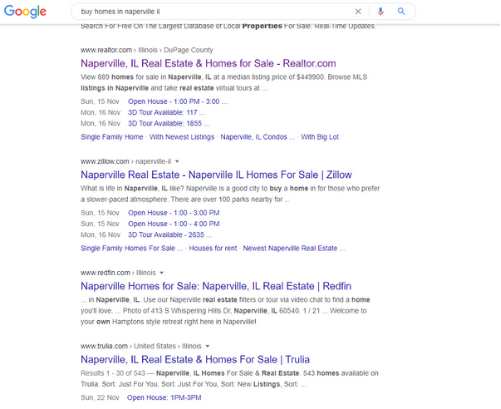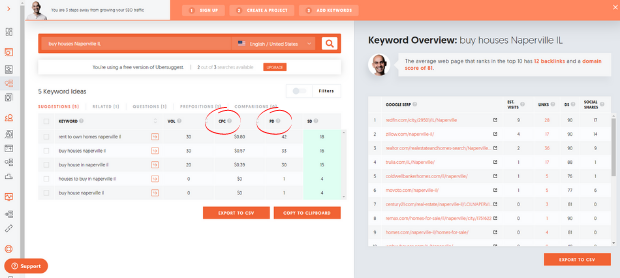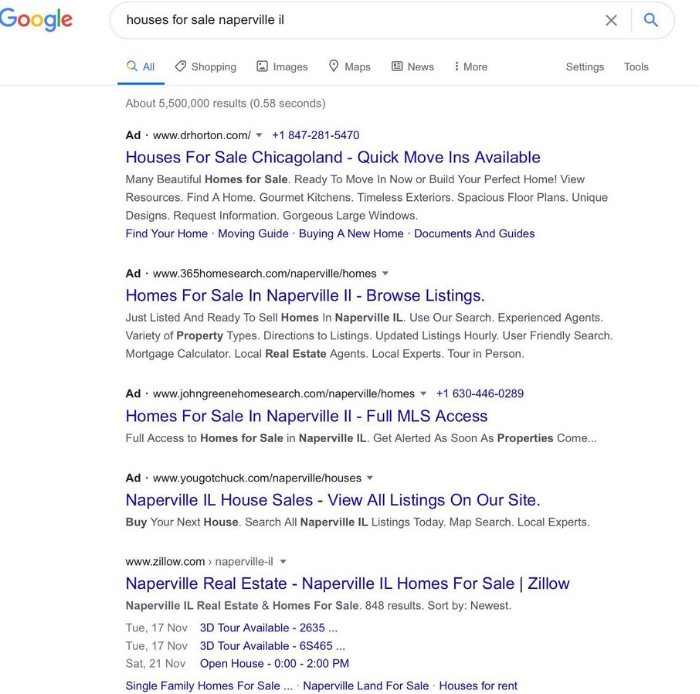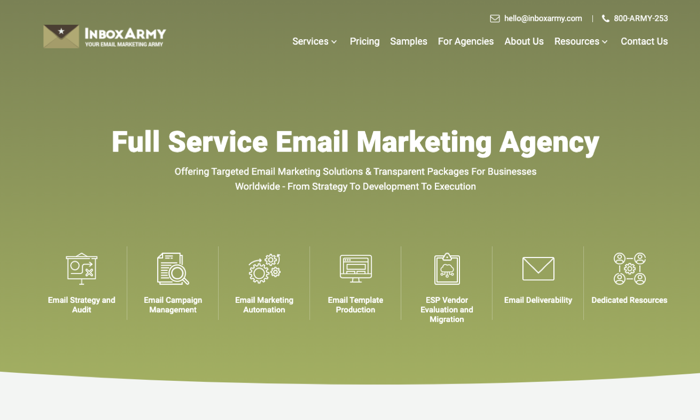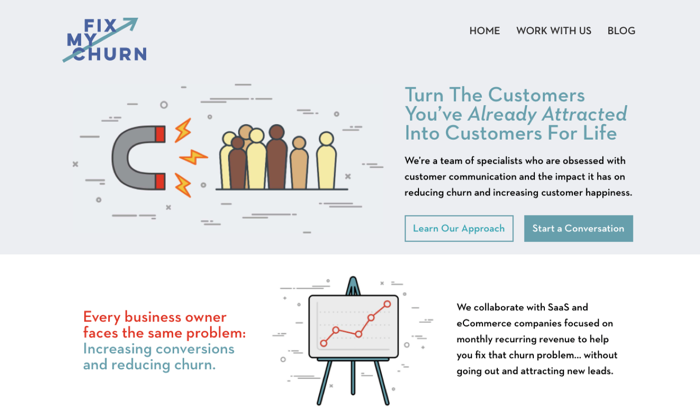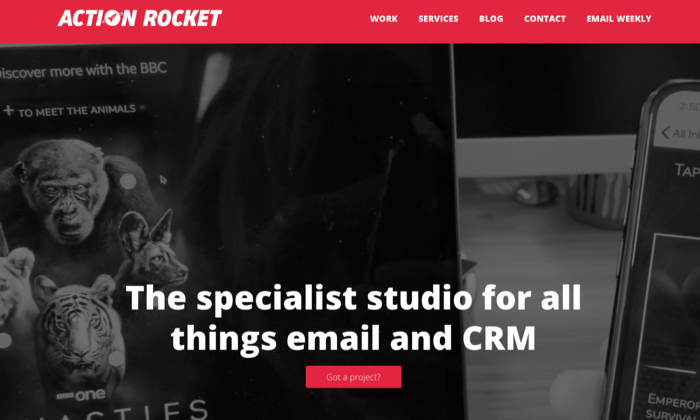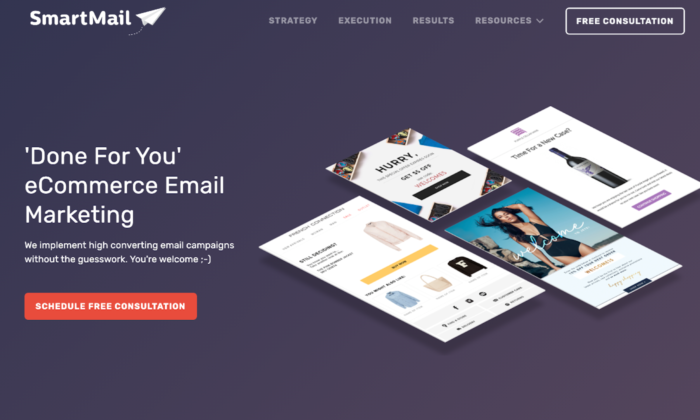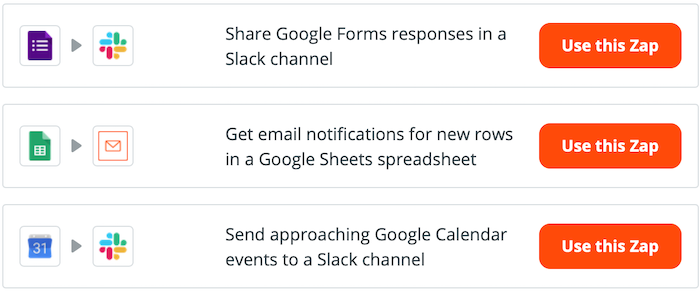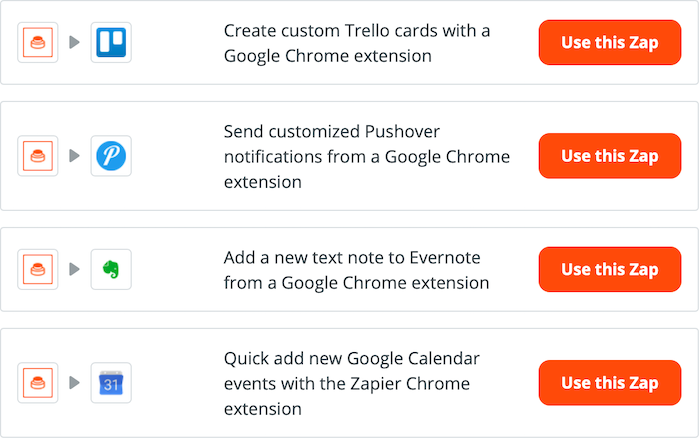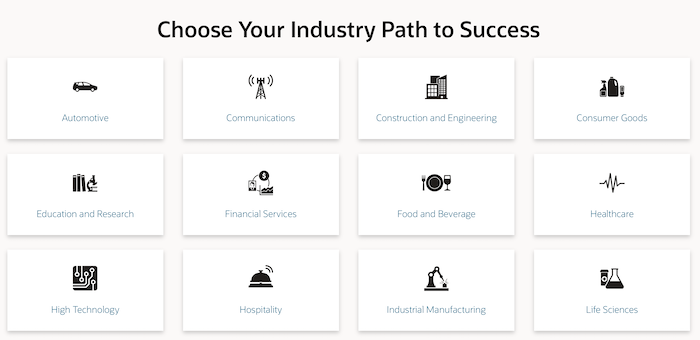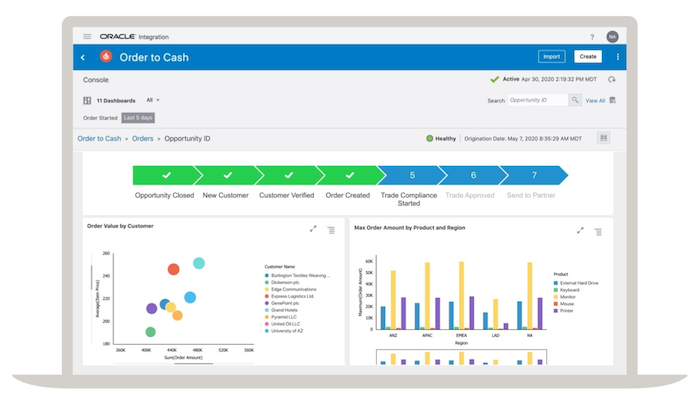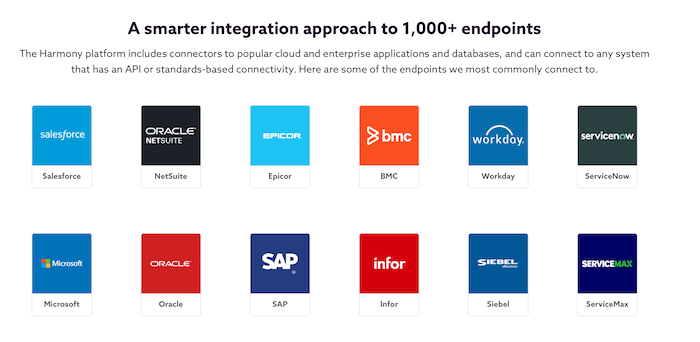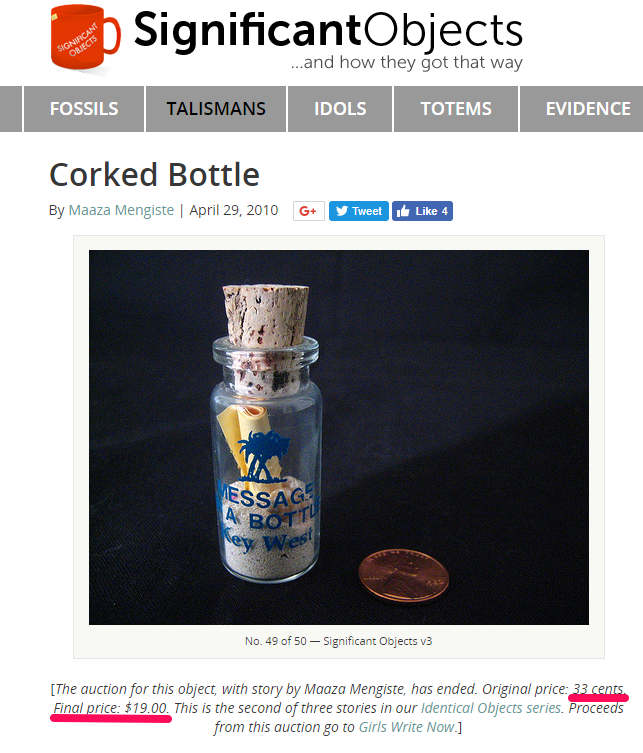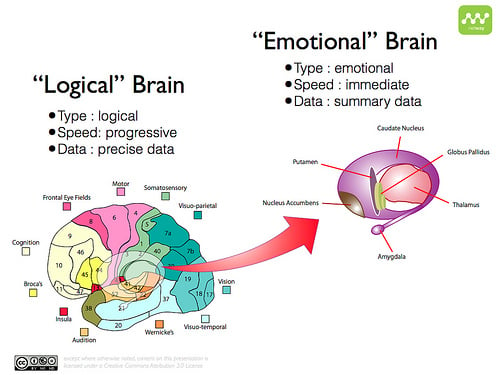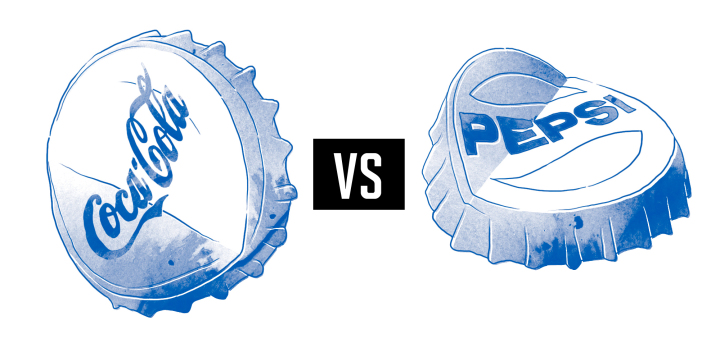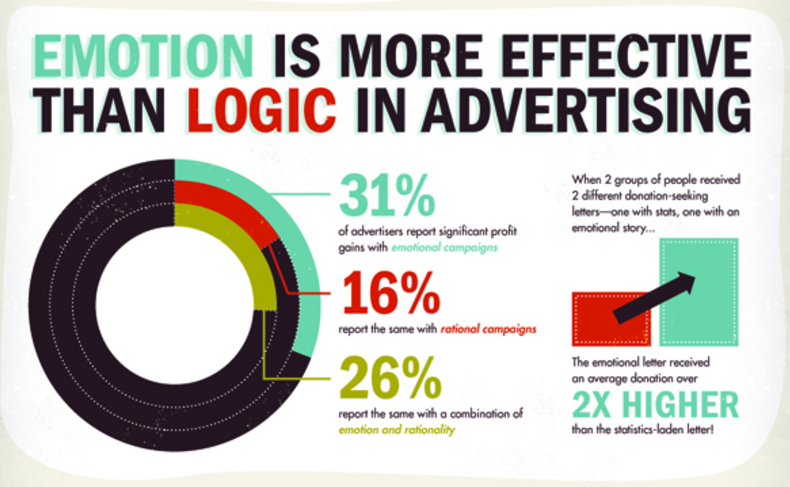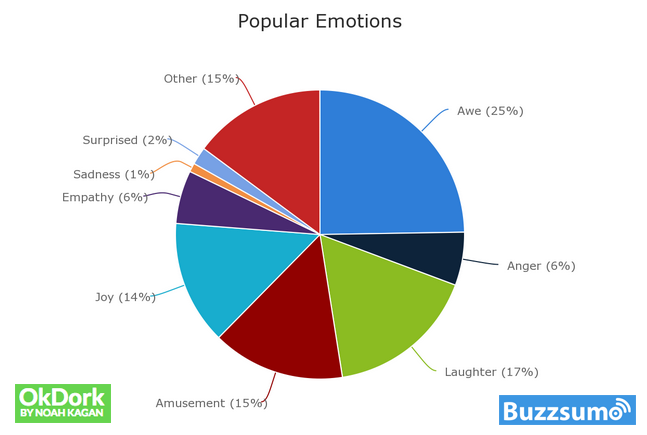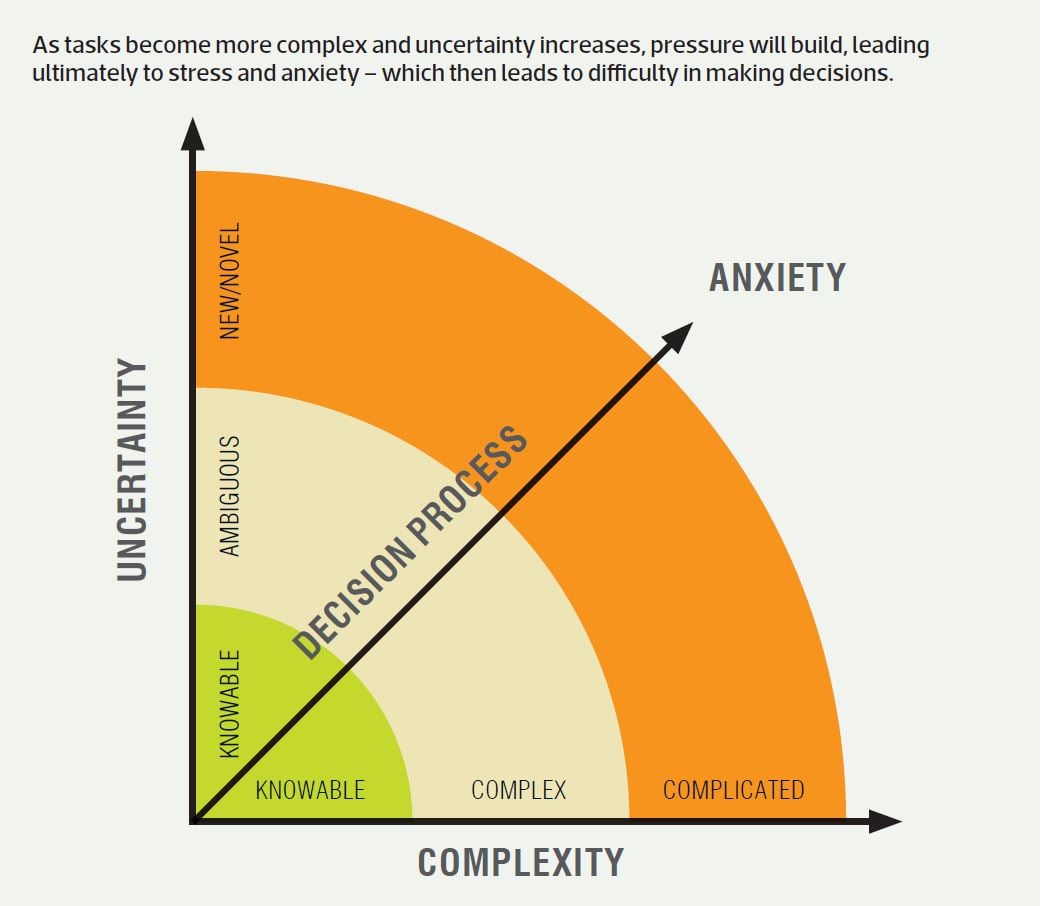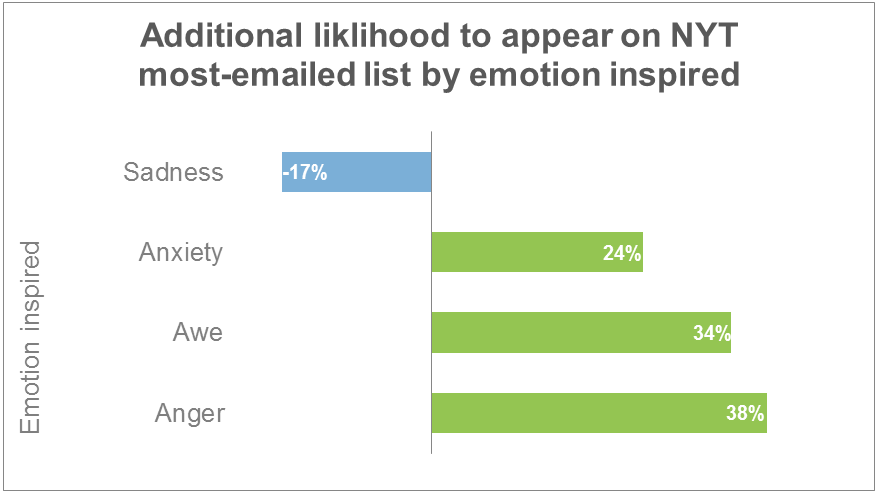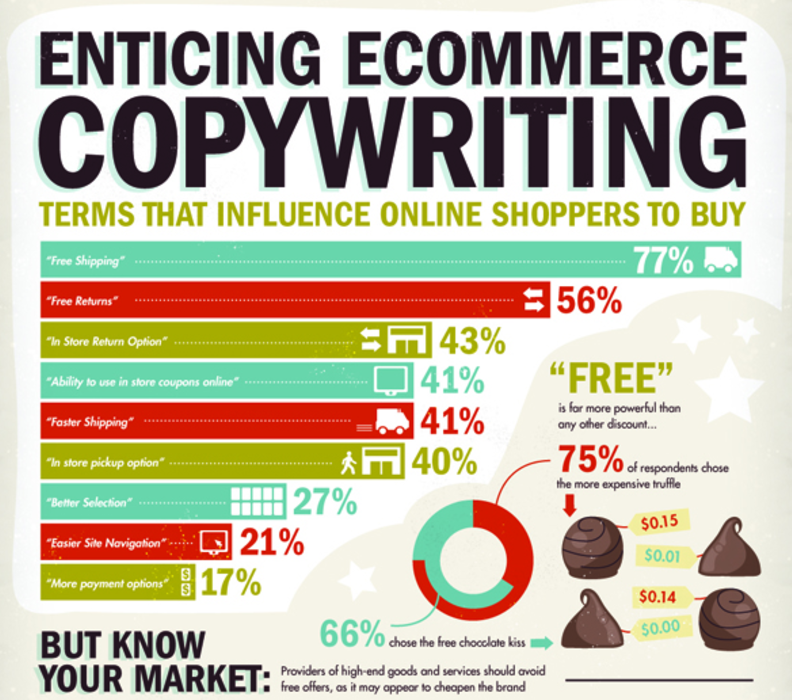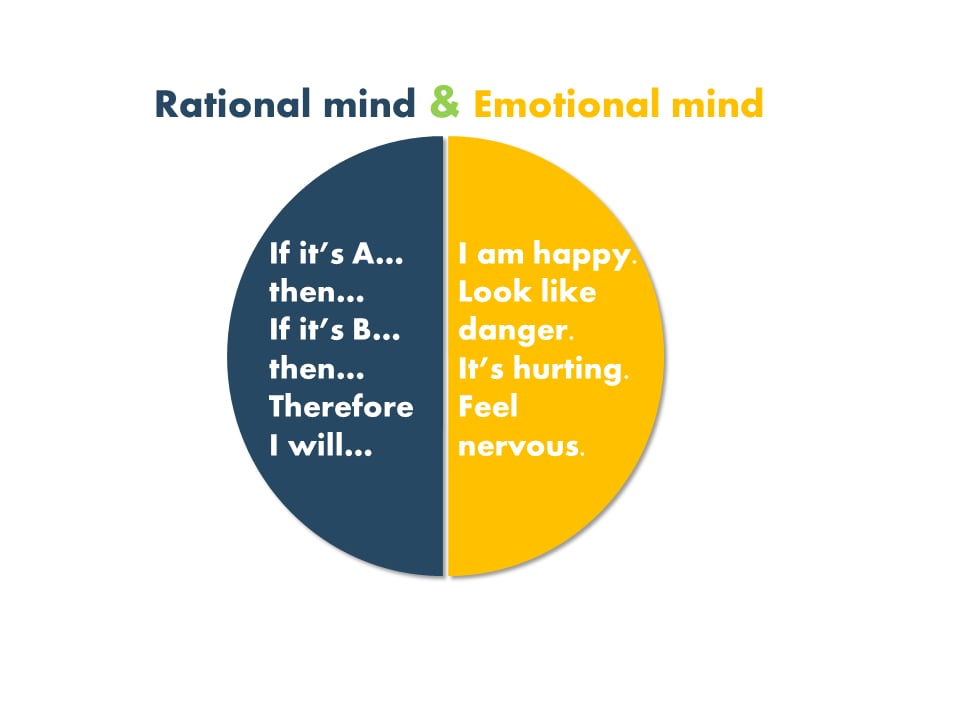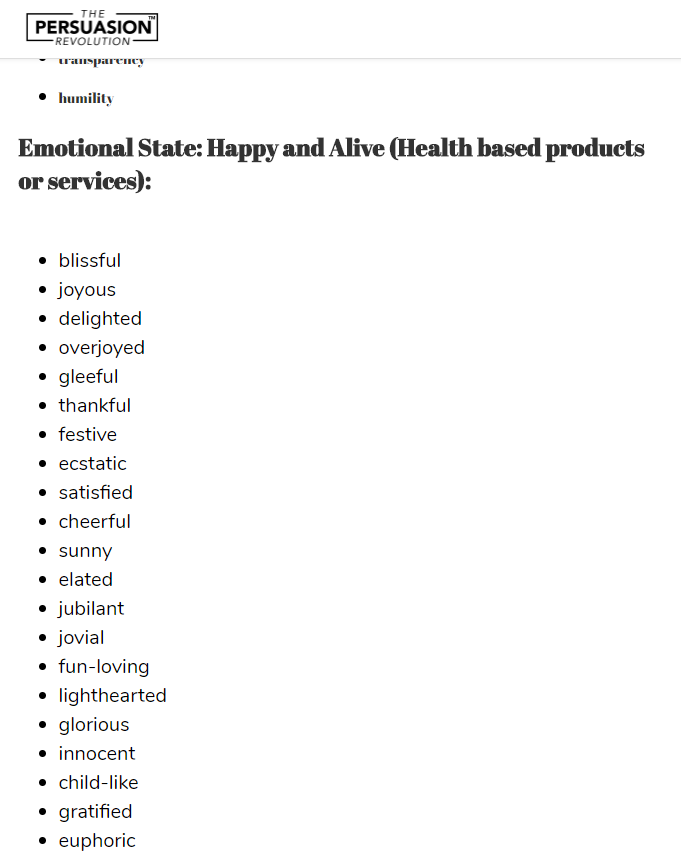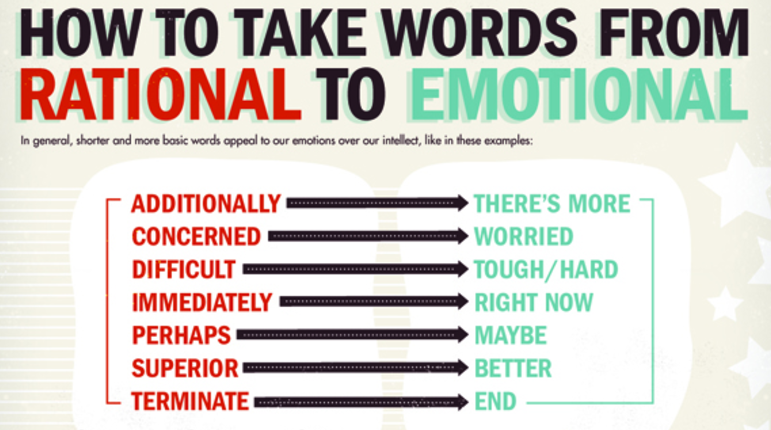
Best Email Marketing Services
Disclosure: This content is reader-supported, which means if you click on some of our links that we may earn a commission.
What if I told you there was a single marketing channel through which companies are finding a 3,800% ROI?
That’s earning $38 for every dollar spent.
This magic marketing channel is called email. Yes, just good old email. And that insane average return on investment is one of many email marketing statistics that have held true for years now.
The biggest surprise to me is how many companies aren’t taking advantage of email marketing.
I hear it’s too much work to design newsletters, manage a growing number of contacts, personalize messages, and keep the campaign moving forward.
There’s this perception that email is a time-sink, but it doesn’t align with the statistics.
If it were really too labor intensive to run an efficient email marketing campaign, the average ROI wouldn’t even be 1/1000 of what it is, year after year.
The key is finding the right email marketing service. Don’t wait to start building better campaigns in less time.
The Top 5 Options For Email Marketing Services
- Constant Contact – Best for ecommerce
- Zoho Campaigns – Best for simple campaigns
- Sendinblue – Best ease-of-use
- Marketo Engage – Best for segmentation and personalization
- Pardot – Best for B2B marketing
How to Choose The Best Email Marketing Service For You
Email marketing services are packed features to help you save time at every step of a campaign.
Every step.
My favorite products get you minutes back on every task. Professional templates, drag-and-drop email editors, list management tools—they make all the hard parts easy.
On top of that, many of the most time-consuming campaign processes can be automated with an email marketing service.
The minutes you save turn into hours quickly, especially if you’re churning campaigns on a large scale.
More effective campaigns. Less effort. That’s the goal.
Let’s walk through the core features available with email marketing services so that you understand which product is going to deliver you the best results for you.
Ease-of-use
Unless your marketing teams double as developers, it’s essential to find a tool that anyone on your team can use.
As you browse, pay attention to the templates and pre-set workflows offered by each email marketing service. Are you excited to use these or do you intend to create your own custom templates? Some email marketing services lose their reputed ease-of-use once you step outside their pre-defined pathways.
It’s a definite plus if your solution comes with visual design tools to build emails and workflows. A simple-to-learn editor can be used right away by the people who need it. They don’t need training, and aren’t stuck waiting on someone who’s comfortable with the editor.
The best email marketing services also provide support, documentation, and walkthroughs to educate users and ensure that their product is truly self-service.
If reviews indicate that customer support is sluggish, or that answers are hard to find, that’s a red flag.
Integration and Implementation
An important question to ask: How easily is your email marketing service going to mesh with your existing stack?
Solutions that integrate with products you use are going to speed deployment and encounter fewer issues moving forward. This is especially true of your existing CRM and any other customer data sources.
Some products, like Sendinblue, come with their own CRM as part of the package, which can be nice for companies that aren’t looking to purchase multiple products in service of their email campaign.
Email Deliverability
The emails you send need to reach your recipient’s inbox. End of story.
Without a high deliverability rate—I would be worried about anything below 95%—your email campaigns are dead in the water.
All good email marketing services ensure high deliverability in two ways.
On the backend, they authenticate emails with DKIM, SPF, and SenderID, while also working with internet service providers to make sure that customer IP addresses aren’t blocked.
Plus, quality platforms will provide ready-made email templates that are both visually appealing and compliant with privacy and anti-spam laws.
On the user side, email marketing services help you craft compelling subject lines and content that encourages customers to actually open your message. They also provide tools for managing subscribers so you can keep a clean list and avoid the spam folder.
Email Automation and Customer Journeys
One of the biggest defining (or limiting) features of an email marketing service is the level of sophistication your workflows can manage.
Entry-level tools can help you automate welcome series of emails for new subscribers, and other similarly straight-forward processes.
If you want to start adding conditional or logical triggers that branch the customer journey into more personalized paths, you are going to need a more substantial tool.
You are also going to need to know a lot about your audience. Products that have really good list segmentation features will pick up tons of information on your customers, which in turn makes your automation more accurately targeted.
Segmentation really drives your ability to automate personalized emails, for example. You can set workflow triggers that respond to customer engagement, shopping habits, and other tendencies to ensure that customers are only receiving messages they’re likely to care about.
Subscriber Management
Quality email marketing services come with a lot of tools to manage the subscribers on their list. They will help you:
- Import lists: Seamlessly integrate contact lists from CRMs and other databases.
- Keep a clean list: Identify and remote inactive subscribers and spam traps that reduce deliverability
- Generate leads: Create new contacts with pop-ups, landing pages, and other multi-channel tools that start an ongoing conversation.
- Segment your list: Automatically group subscribers based on many criteria, including everything from what time zone they live in to how they signed up, and everything in between.
Campaign Performance Tracking
Email marketing strategies must be agile.
Every service reviewed in this article comes with the ability to track traditional KPIs like:
- Bounce rate
- Click through rate
- Conversion rate
- Deliverability
- Forward/share rate
- List growth rate
- Open rates
- Unsubscribe rate
By keeping tabs on these metrics, companies can tweak their campaigns accordingly.
Many email marketing services offer A/B testing, which allows you to test different versions of emails or subject lines to see what performs better.
Look for that, because it’s super helpful for adjusting campaigns in the right direction over time.
More advanced email marketing services will help you tie traditional metrics to revenue, letting you see ROI per email sent and other business-critical metrics.They’ll also let you see how content is performing with features like click heatmaps, which show where your customers are spending the most time.
You’ll probably have to spend more for those features, but they can provide crucial information that pays for itself.
Marketing automation software, like Pardot, provides multi-touch attribution models that let you visualize each touchpoint in the entire customer lifecycle. Marketing attribution drives business growth and informs your future campaigns by spotlighting the key elements of each customer relationship.
The Different Types of Email Marketing Services
Most products in this category want to provide email marketing services for companies of all sizes, so they offer a range of plans from a budget-friendly package to enterprise-grade service tiers.
Email Autoresponders
Exemplary products: Zoho Campaigns, Sendinblue (Free & Lite)
On the lightweight side of the spectrum, you’ll find services that augment your email marketing campaigns with easy-to-use tools for automation, email editing, and subscriber management.
You’ll see these products billed as email autoresponders or email automation.
They don’t change what you do so much as they help you do it better, faster, and at scale.
Because they are so simple, the best email autoresponders are incredibly intuitive, inexpensive, and can start delivering results almost immediately.
Email Marketing Platforms
Exemplary products: Constant Contact, Sendinblue (Premium & Enterprise)
Email marketing platforms are a one-stop shop meant to help you build, track, manage, and optimize campaigns.
They are going to capture, store, and segment your customer data much better than a standalone email autoresponder. And with the richer picture of your audience, you can build much more complex email workflows.
You can get really granular when it comes to personalized customer journeys, for example. In Constant Contact, you can automate emails with shoppable product recommendations based on a person’s buying habits.
Doesn’t that sound great?
What’s really nice is that these products are very easy to use and deploy. Campaign performance tracking features are built right in and provide a ton of visibility and control instantly. Some will integrate with tools like Google Analytics to get actionable data.
You can see what’s working, what’s not, and make changes on the fly.
Marketing Automation Software
Exemplary products: Salesforce Pardot, Marketo Engage
Marketing automation software includes email marketing services as part of a broader suite that accounts for every channel of communication.
Organizations can expand their reach across email, SMS, social, SEO, websites, webinars, and paid media. Information from across all these channels is centralized in intuitive dashboards that drive real-time, evidence-based campaign decisions.
With marketing automation software, you can build out multi-branch email campaigns and customer journeys, tracking progress across every stage.
These products tend to be quite a bit more expensive, and understandably so. If you are looking to run simple to moderately complex email campaigns, you’re fine with an email marketing platform.
On the other hand, if you start to run into problems at scale or email workflows can’t handle your needs, it may be time to consolidate your processes with a marketing automation solution.
#1 – Constant Contact — Best for Ecommerce
Constant Contact offers some of the best email marketing services alongside top-notch solutions for ecommerce, event hosting, website building, and multi-channel marketing.
They average a 97% deliverability rate. This is only possible because the mature platform blends powerful behind-the-scenes functionality—like blocklists, proactive monitoring, and multiple forms of authentication—with an intuitive UI that helps teams craft effective messages that don’t bounce.

You can get Constant Contact up and running very quickly, and it will eliminate much of the legwork associated with email marketing.
Automate product recommendations, for example, by sending shoppable emails based on the items a customer has in their cart, the weather, or tendencies of like-minded shoppers.
Trying to accomplish this task without an email marketing service would be extremely time-consuming. With Constant Contact, the process can be automated by just about anyone.
Some of the other reasons millions of people use constant contact include:
- Unlimited email sends
- Custom and branded templates
- Campaign performance tracking
- Subject line A/B testing
- Drag-and-drop email editor
- Rich ecommerce capabilities
- Subscriber management, segmentation
- RSVP, survey, and poll
Constant Contact helps with lead generation, too, via landing pages, customizable pop-up forms, and free hosting for a mobile-responsive website. This includes a blog, where you can leverage your email content as posts for SEO.
There are three pricing tiers for Constant Contact email marketing services and the amount you pay is based on the number of contacts. The plans are:
- Email: Starting at $20/month
- Email Plus: Starting at $45/month
- Pro: Starting at $195/month
Constant Contact Email and Email Plus are two of the most popular email marketing services available today.
Constant Contact Pro uses AI-driven marketing automation to provide personalized product recommendations, smart subject lines, behavioral segmentation capabilities, and more advanced workflows.
I would consider a Pro subscription if you are thinking about marketing automation, but aren’t ready to pull the trigger on a heavyweight product like Pardot or Marketo.
#2 – Zoho Campaigns — Best for Simple Campaigns
Zoho Campaigns is a lightweight, cost-effective email marketing service that comes with all the must-have features.
In Zoho Campaigns, everything has been trimmed (but not watered down), so you can still accomplish 80-90% of what you can do with an email marketing service that costs three to four times as much.
The ease-of-use is on par with agile project management software like Trello. Not only can non-technical users navigate Zoho Campaigns, they can master their domain.

Intuitively control the following features:
- Drag-and-drop email editor and template builder
- Email autoresponders
- Email automation
- Merge tags
- Subscriber management
- A/B testing
- Team collaboration
- Real-time analytics
Keep in mind that Zoho Campaigns also has integrations with popular CRM, ecommerce, and contact management products.
Tying these data sources in can help you better target and personalize your email campaigns, yet Zoho Campaigns will remain fairly easy to use.
Integrating Google Analytics, for example, can enrich the amount of customer data you pick up on each interaction, providing data visualizations to help you make sense of relationships over time.
Pricing is straightforward for Zoho Campaigns:
- Email-based Plan: starting at $2/month
- Subscriber-based Plan: starting at $4/month
- Pay-as-you-go Plan: starting at $6/month
The Subscriber-based Plan is my favorite because it includes email automation, which doesn’t come with the Email-based or Pay-as-you-go Plans. At $263/month for 100k contacts with the Subscriber-based Plan, the automation will pay for itself many times over.
You can also try the Zoho Campaigns free forever version. It’s limited to 2,000 subscribers, but you get a lot of the marketing and content management features, as well as the chance to see if you like the interface.
#3 – Sendinblue — Best Ease-of-Use
Sendinblue is a unified CRM, chat, Facebook, SMS, and email marketing platform. It’s loaded with features that are super easy to learn.
In other words, lots of tools with very little training.
Unlike other options on this list, every Sendinblue subscription (including Free and Lite) comes with a sales CRM, marketing automation, real-time reporting, advanced segmentation features, and more.
How’s that for out-of-the-box function? But wait. There’s more.
With popups, landing pages, and chatbots, you can build out your contact list with minimal effort, turning website visitors and Facebook passerbys your next lead.

And once people are on your list, Sendinblue gives you a ton of great tools to nurture leads, build out customer journeys, and communicate effectively every step of the way. The key features include:
- Unlimited contacts with any plan
- Mobile-friendly visual email editor
- Retargeting ads
- Campaign performance tracking
- A/B Testing
- Customizable signup forms
- Transactional emails
- Email API, SMTP relay, and other core API features
- Advanced email automation
Sendinblue offers a free forever version, and paid plans at several pricing tiers:
- Lite: Starting at $25/month
- Premium: Starting at $65/month
- Enterprise: Contact sales
The amount you pay is based on your tier and the number of emails you send each month. You can store as many contacts as you want without affecting the price, which is not true with most other platforms.
Notably, Sendinblue’s pay-as-you-go plan includes the same great features as whatever tier you choose, except the phone support. This is also something you won’t find in other options, like Zoho Campaigns.
There is no prior knowledge or technical skill necessary to start using Sendinblue, and their free forever plan is one of the best available.
#4 – Marketo Engage — Best for Segmentation and Personalization
Marketo Engage, from Adobe, is a full-service marketing automation solution ready to support your strategy across any channel.
Centralize and analyze customer data in an intuitive environment that allows for email campaigns with fine-grained segmentation and dynamic personalization.
You can customize intricate workflows with behavioral triggers that wouldn’t be possible on other platforms because they can’t capture as much information as Marketo does.
Every feature is full-bodied. A/B/n testing, for example, lets you pilot multiple versions of the same site or email rather than just binary A/B testing, which is where many other products stop.

There’s also Adobe Sensei, which uses AI and machine learning to personalize content. Sensei analyzes the performance of all your assets, learns which content works best for whom, and updates emails accordingly.
Other great features that come with using Marketo for email marketing include:
- Drag-and-drop workflow builder
- Lead and account scoring
- Deep engagement and performance analytics
- Attribution and ROI dashboard
- Customer lifecycle management
- One-click campaign cloning
- Champion/Challenger testing
- A/B/n testing
You’ll have to contact Marketo to get a price. It’s going to have a higher total cost of ownership than a dedicated email marketing service, but if you want superior segmentation and personalization , this can get a lot more done.
#5 – Pardot — Best For B2B Marketing Automation
Pardot is the marketing automation platform from Salesforce that’s built specifically for B2B marketing.
Do you need to hear more, or are you already sold? It’s as good and as deep as you think it is.
Pardot has 2,000+ integrations, a rich feature set, and a surprisingly intuitive UI. To be honest, the platform is a few steps ahead of its competitors in the dedicated email marketing space.
It’s going to take some time and effort to build out the backend, but once everything is set up, Pardot gives you unrivaled visibility into your campaigns.

If you feel like the sophistication of workflows is lacking with your current setup or your analytics and data visualization tools aren’t giving you the insight into campaigns that you need, Pardot is the ticket.
Some of the advanced email marketing features include:
- B2B Marketing Analytics
- Engagement history dashboards
- Merge fields
- Visual lead nurturing designer
- Social profiling
- ROI reporting
- Multi-touch attribution models
- Developer sandbox
Pardot is not a cheap option, but it is money well spent in service of a high-growth campaign.
There are four pricing tiers:
- Growth: starting at $1,250/month
- Plus: starting at $2,500/month
- Advanced: starting at $4,000/month
- Premium: starting at $15,000/month
Other marketing automation solutions, like Marketo, are going to be in this neighborhood price-wise. There are certainly email marketing platforms you can get for a fraction of the cost, but they’re not going to give you anywhere close to the oversight and customization Pardot affords.
Summary
If you are just starting out, I would try out one of the best email autoresponders to get a feel for which email marketing features are going to be most important to you.
Zoho Campaigns is another really great starting point. These tools are easy to use and many have free forever options.
For companies that need more visibility into their campaigns but don’t want to struggle with a new platform, Sendinblue will be great. It’s also not prohibitively expensive, even at the premium tier.
Constant Contact is another great option in the SMB price range, especially for ecommerce. It comes with some of the functionality you find with marketing automation software, but there’s no loss to it’s ease of use.
If you need the marketing automation and business intelligence functionality of Pardot or Marketo, budget it in. After a certain point, dedicated email marketing services aren’t going to handle the automated journeys you have in mind.
If Pardot and Marketo give you sticker shock, but you still want true marketing automation, check out Freshmarketer, or one of the other best marketing automation software solutions.
The post Best Email Marketing Services appeared first on Neil Patel.



